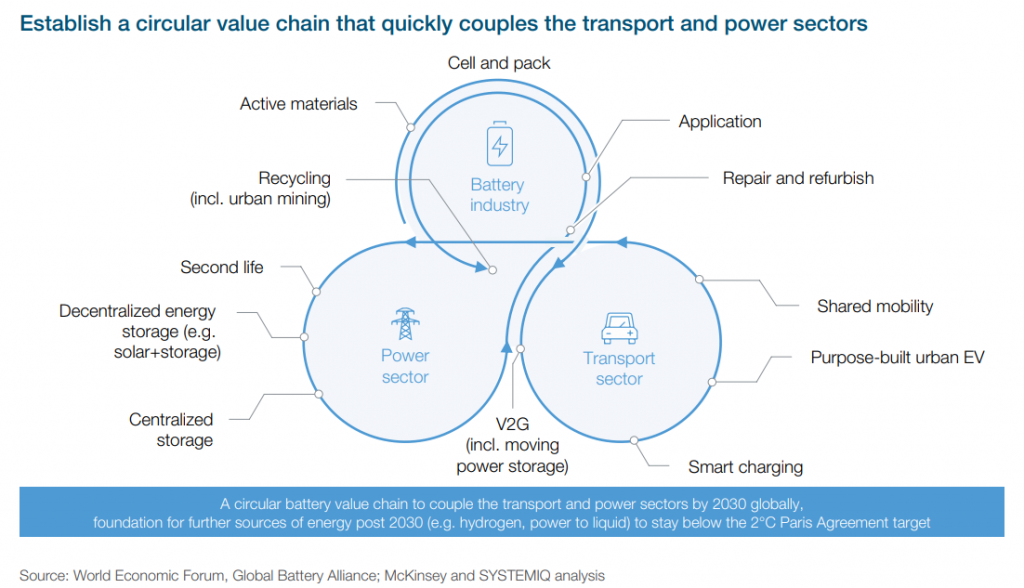The development of the battery value chain is of great interest since it has significant economic value and can also lead to the generation of new jobs.
What must happen in order for the potential of this industry to be fully realized?
This is the question tackled by the World Economic Forum (WEF) in their published insight report, A Vision for a Sustainable Battery Value Chain in 2030: Unlocking the Full Potential to Power Sustainable Development and Climate Change Mitigation.
The vision for 2030
2030 is envisioned to be the year where batteries power sustainable development. In order for this to happen, the battery value chain needs to expand nineteen-fold relative to its current size.
From our partners:
If this happens, the battery value chain will be a key driver in attaining the Paris agreement in carbon dioxide emissions since it will be supporting the transition to sustainable energy.
By establishing a circular value chain paired with the transport and power sectors, emission reductions can be accelerated further.
At the same time, it will be establishing a new sector that will create more job opportunities for everyone.
Another benefit of expanding the battery value chain is that it would broaden energy access around the world. The expansion is expected to provide at least 600 million people with access to electricity. This will effectively narrow down the gap on electricity access by as high as 70 percent.
Reaching the target
What must be done in order for this vision to materialize? WEF specified 10 concrete actions across three dimensions:
Dimension 1: Circular value chain and connected business
- Implement design and systems for life extension and end-of-life treatment,
- Make vehicle to grid (V2G) and charging infrastructure (V1G) possible on a large scale
- Scale-up electric shared and pooled mobility
Dimension 2: Sustainable business and technology
- Increase the share of renewable energies and energy efficiency measures in the battery value chain
- Accelerate the roll-out of V1G infrastructure
- Adjust regulation for battery-enabled renewables as a dispatchable source of electricity for the grid
- Finance the sustainable expansion and support value creation and economic diversification in local communities
Dimension 3: Responsible and just value chain
- Ensure consistent performance and transparency based on established sustainability norms and principles along the value chain to improve the social, environmental and economic performance of batteries
- Establish integrated greenhouse gases (GHG) disclosure and emission regulations:
- Support the deployment of batteries for energy access
Right now, we are in the midst of a climate crisis. If we do not reach our emissions targets by 2030, we can no longer attain the goal to keep the global warming levels to 1.5 °C or at least 2°C.
Before us is a highly feasible means to propel ourselves further towards this goal, it is up to us to take action and let this vision materialize.
For the long run, the benefits that an expanded battery value chain can offer to us is beyond its environmental impact. In terms of economic value and the improvement in the quality of life, it can give us, the battery value chain proves itself to be a venture worth investing in.
















